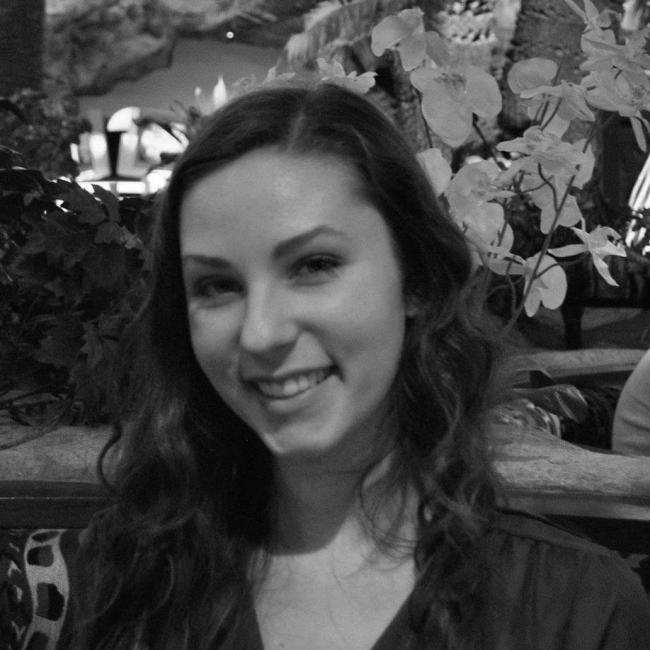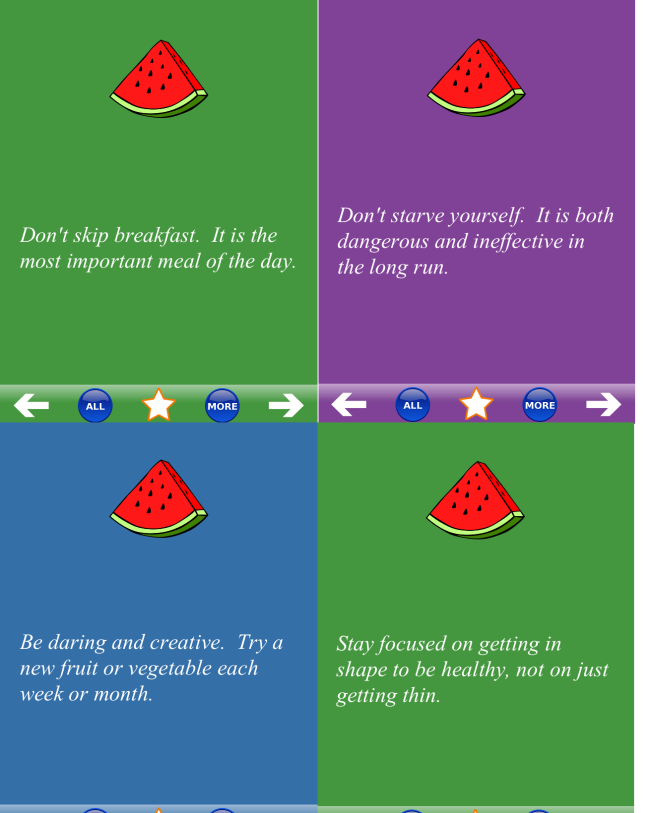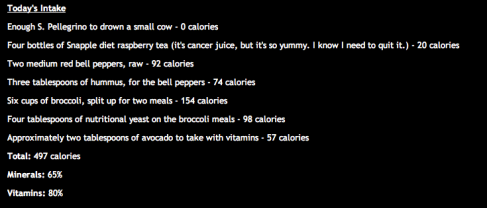
I haven’t had too exciting of an experience with technology in relation to body image, but it definitely affected me in my preteen years (the years when life is so unfair, girls hate their awkward bodies, and ‘woe-is-me’). The problem was that technology was just starting to boom when I hit thirteen, and I hadn’t been adequately educated on how to use it. My parents had no clue what to warn me about, and my friends were not exactly the best influence.
I like to think I experienced the normal stuff when it came to technology and my body image, but I guess I can’t be sure. One thing I did was that I took A LOT of photos of myself. I loved the feeling of getting a ton of ‘likes’ on Facebook and comments from girls saying “OMG! You are TOO gorgeous I hate you go die!” This feeling never lasted long, however, especially because those photos looked nothing like me IRL day-to-day. But it became a cycle that was hard to stop, especially when I began to have an online presence.
Winnipeg is a relatively small city, so most teens around the same age seem to know each other. There were always the Token Pretty Girls and Totally Interesting Indie People that everyone added as a friend to stalk on Facebook. As I started posting more and more pictures, I became one of them.
Now, this is not as coveted a spot as you may imagine. There is no secret society where we all sit around drinking champagne saying, “We made it, dear. We are cooler online than the rest.” In reality, it sucked. Now I had to work twice as hard to post a constant stream of photos of myself, and each one had to look better than the rest. I had to post the perfect mixture of funny, deep, and political statuses and tweets, because one wrong word and I would promptly be unfollowed by a Dave or an Ashley or someone else who I shouldn’t have been concerned with impressing. It was exhausting.
The biggest concern with my body image was that I was competing with myself- I worried that I wasn’t as cool as my online persona. This led to me getting ready extensively before I left my house each day, even if I was just walking to Starbucks.
I never really fixed the problem with my online persona, but it sort of faded away over time. High school and Facebook are so intricately intwined with one another and the impact they can have on a youth’s self image can be detrimental. I do not miss the beauty pageant-esque atmosphere of high school and I do not miss the exhaustion of taking 237 pictures of myself each day and hating them all.








